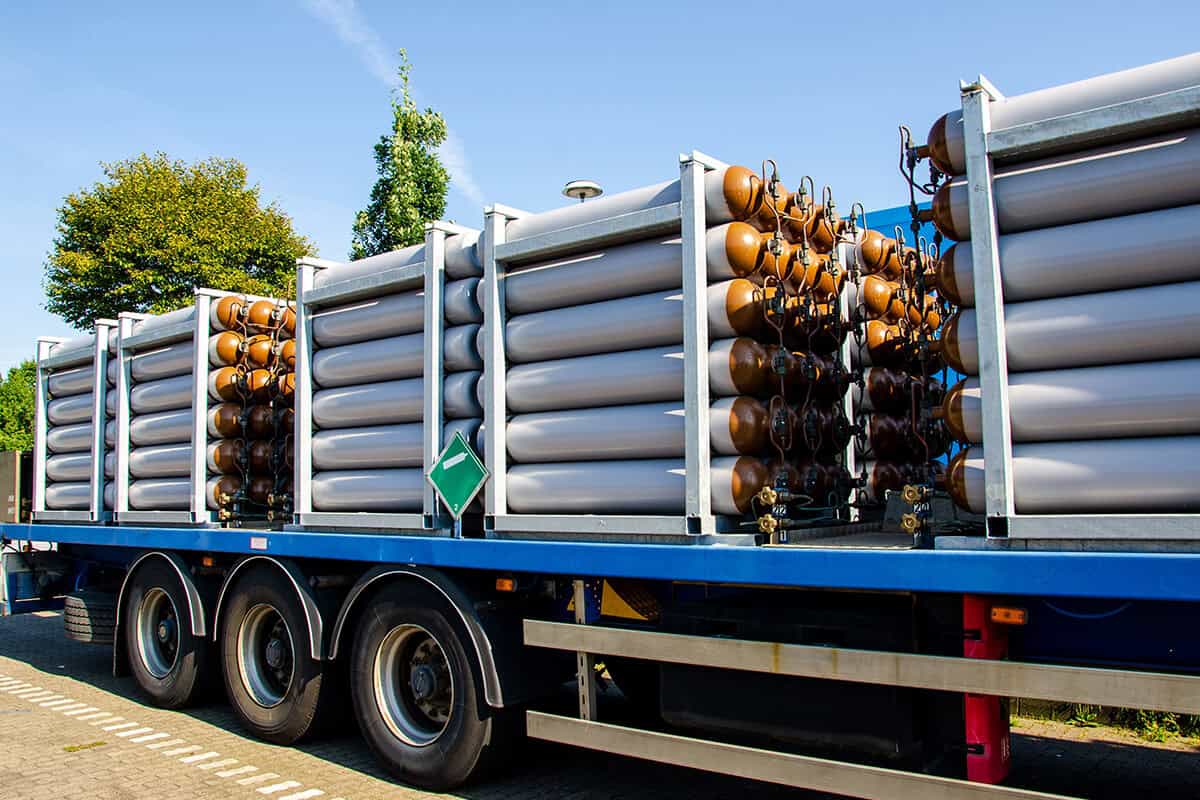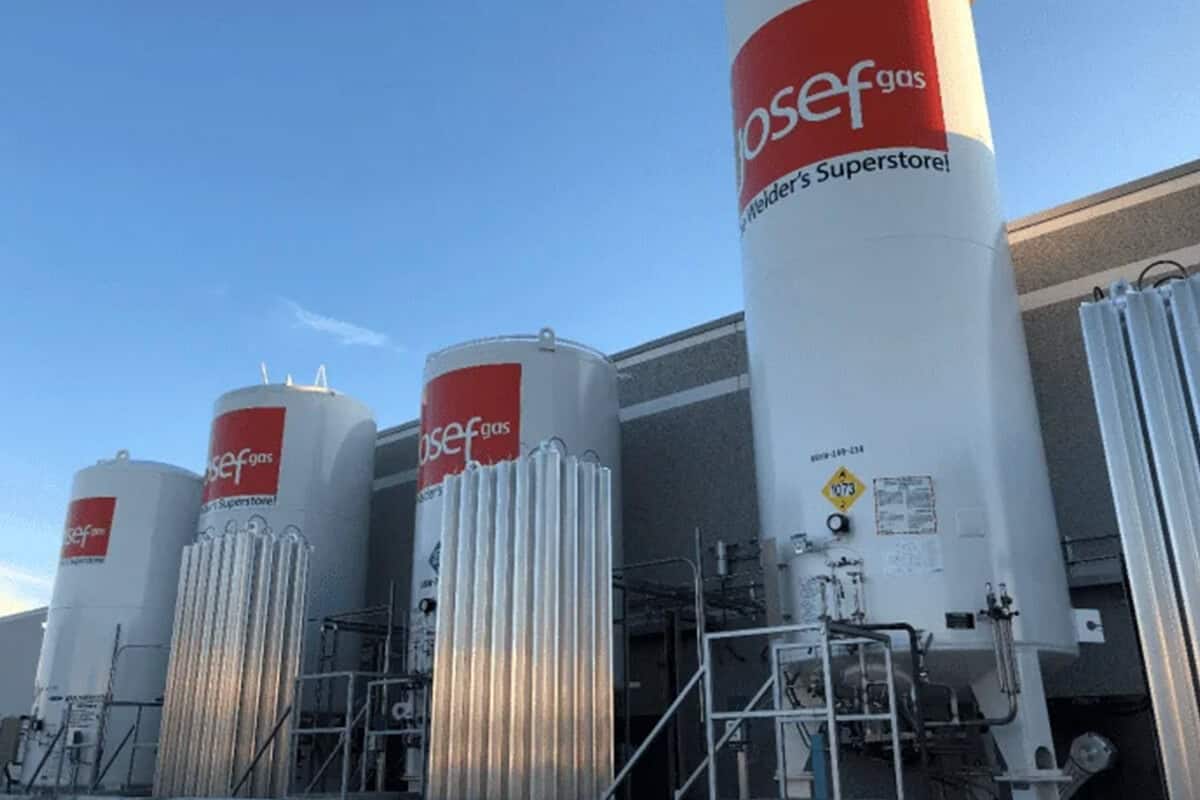Summer Safeguard: Strategies to Maintain Gas Purity in Canada’s Warmest Months
July 1, 2025 1:30 pmGas purity is paramount across a spectrum of Canadian industries. This includes critical sectors such as oil and gas, where contaminants can degrade process efficiency and end-product quality. Manufacturing relies on precise gas compositions for welding, cutting, and inerting, while healthcare applications, from medical oxygen to anaesthetic gases, demand the highest purity to ensure patient safety. The food and beverage industry utilizes gases for packaging, carbonation, and freezing, where even trace impurities can compromise product integrity and shelf life.
Canada’s summer months introduce specific environmental challenges to maintaining gas purity. Elevated ambient temperatures increase the vapour pressure of volatile impurities and can accelerate chemical reactions within gas systems. Higher humidity levels introduce a greater risk of water ingress and condensation, which can lead to corrosion and microbial growth. These conditions necessitate a proactive approach to safeguard gas quality. This article outlines comprehensive strategies to maintain gas purity throughout Canada’s warmer periods.
The Impact of Summer Heat on Gas Purity
Summer conditions significantly influence the physical and chemical properties of industrial gases and their containment systems. Elevated temperatures and increased moisture content present distinct challenges to maintaining desired purity levels. Understanding these impacts is crucial for developing effective mitigation strategies.
- Increased Moisture Contamination
Higher ambient temperatures and humidity levels during Canadian summers significantly increase the potential for moisture ingress into gas systems. Water vapour can readily condense within cooler parts of distribution lines, regulators, and storage cylinders. This condensation introduces liquid water, a primary contaminant that can lead to corrosion, hydrate formation, and dilution of gas mixtures, directly compromising gas purity.
- Accelerated Material Degradation
Elevated temperatures can accelerate the degradation of materials used in gas storage and distribution infrastructure. Elastomers in seals, O-rings, and valve packings can become brittle or lose their sealing integrity more rapidly under sustained heat. This degradation can lead to leaks, allowing atmospheric contaminants to enter the gas stream, thereby reducing purity.
- Enhanced Biological Growth
The combination of warmth and moisture provides an ideal environment for microbial proliferation within gas systems, particularly in the presence of even trace organic matter. Biofilms can form on interior surfaces of pipelines and cylinders, introducing particulate contamination and potentially altering gas composition through metabolic byproducts. This is a significant concern for industries requiring sterile or ultra-high purity gases.
- Volatilization of Impurities
Increased temperatures enhance the vapour pressure of many volatile compounds that might be present as trace impurities within gas systems or off-gassing from container materials. This means that even minute quantities of lubricants, cleaning solvents, or construction materials can become gaseous at higher temperatures, significantly increasing their concentration in the gas stream and thus reducing overall purity.
- Pressure Fluctuations and System Stress
Summer heat can lead to significant pressure fluctuations within gas cylinders and distribution networks due to thermal expansion. While systems are designed to accommodate some variation, extreme or rapid temperature changes can stress components, potentially leading to micro-leaks or compromising the integrity of seals and connections. Such failures allow external contaminants to ingress.
Proactive Strategies for Maintaining Gas Purity
Effective gas purity management during Canada’s warmest months requires a series of proactive measures spanning storage, handling, use, and transport. These strategies are designed to mitigate the risks associated with increased temperature and humidity.
- Optimized Storage Conditions
Gas cylinders and bulk tanks should be stored in cool, shaded areas, away from direct sunlight. This minimizes thermal expansion and reduces the risk of pressure increases within containers. Adequate ventilation in storage facilities is also crucial to dissipate heat and prevent the accumulation of moisture or other airborne contaminants, thus preserving the integrity of stored gases.
- Regular Leak Detection Programs
Implementing a rigorous leak detection program is fundamental. Regular inspections of all fittings, connections, valves, and pipelines using appropriate leak detection fluids or ultrasonic detectors are essential. Even minor leaks can allow humid ambient air to ingress into the gas system, especially during periods of negative pressure, compromising purity over time.
- Enhanced Filtration Systems
Deploying high-efficiency particulate and coalescing filters at critical points in the gas distribution network is vital. These filters should be regularly inspected and replaced as per manufacturer recommendations or more frequently in demanding summer conditions. They remove solid particulates and liquid aerosols, preventing their accumulation and potential contribution to purity degradation.
- Moisture Management Protocols
Strict moisture management protocols are necessary. This includes the use of desiccant dryers or refrigerated dryers in air compressor systems feeding gas generation units. For high-purity applications, point-of-use dryers or purifiers can further scrub residual moisture, ensuring gas delivered to the process meets stringent dryness specifications, even in humid conditions.
- Preventive Maintenance Schedules
Adopting an accelerated preventive maintenance schedule for all gas handling equipment is advised. This includes inspecting and replacing worn seals, O-rings, and gaskets that are more prone to degradation in warmer temperatures. Regular calibration of pressure gauges and flow meters ensures accurate system operation and early detection of anomalies.
- Proper Cylinder Handling and Connection
Training personnel on proper cylinder handling and connection procedures is crucial. This includes ensuring connections are clean, free of debris, and tightened to the correct torque specifications. Avoiding sudden temperature changes during cylinder movement can prevent condensation, and ensuring cylinders are upright prevents liquid phase contaminants from migrating.
- Gas System Purging Procedures
Thorough purging of gas lines and equipment before introducing process gas is paramount, especially after maintenance or periods of inactivity. This involves using a dry inert gas to sweep out any moisture, particulates, or residual atmospheric air that may have entered the system, ensuring a clean start-up for sensitive applications.
- Quality Assurance Testing
Implementing a robust quality assurance testing regime is vital. This involves regular sampling and analysis of the gas at various points in the distribution network, including at the point of use. Testing for common contaminants like moisture, oxygen, nitrogen, and hydrocarbons ensures that gas purity is consistently maintained and identifies any deviations promptly. Innovation, Science and Economic Development Canada reported that in 2021, the manufacturing sector contributed approximately $174 billion to the Canadian GDP, underscoring the necessity of consistent gas purity for operational efficiency.
- Supplier Purity Verification
It is essential to verify the purity specifications of gases supplied by vendors. Reputable suppliers, such as those governed by standards set by the Canadian Standards Association (CSA Group) or ISO, provide certificates of analysis for their products. This ensures that the gas entering your facility meets the required purity standards from the outset, mitigating external purity risks.
- Training and Awareness
Comprehensive training for all personnel involved in gas handling, storage, and usage is non-negotiable. This includes awareness of the specific risks posed by summer conditions and the importance of adhering to established purity protocols. Knowledgeable staff are the first line of defense against contamination incidents.
Advanced Technologies and Solutions
Technological advancements offer sophisticated tools to enhance gas purity maintenance, particularly during challenging summer conditions. These solutions provide real-time monitoring, enhanced purification capabilities, and improved system resilience.
- Online Gas Analyzers
Implementing online gas analyzers provides continuous, real-time monitoring of gas purity at critical points within the distribution network. These sophisticated instruments can detect trace impurities such as moisture, oxygen, and hydrocarbons, allowing for immediate intervention upon detection of deviations from purity specifications. This proactive approach minimizes the impact of contamination events.
- Advanced Purifier Technologies
Utilizing advanced purifier technologies, including getter-based purifiers or pressure swing adsorption (PSA) systems, offers superior impurity removal. These systems can effectively remove moisture, oxygen, carbon dioxide, and other trace contaminants to ultra-high purity levels, providing an additional layer of protection, particularly for sensitive applications where even parts-per-billion impurities are critical.
- Smart Sensor Networks
Deployment of smart sensor networks integrates various environmental and gas quality sensors throughout the facility. These networks can monitor temperature, humidity, pressure, and even specific contaminant levels. Data is wirelessly transmitted to a central control system, enabling predictive maintenance, anomaly detection, and automated responses to potential purity breaches.
- Corrosion-Resistant Materials
Specifying and utilizing corrosion-resistant materials for gas system components, especially in areas prone to condensation or moisture exposure, is a proactive measure. Stainless steel, passivated alloys, and specialized coatings can significantly reduce the risk of material degradation and subsequent particulate or chemical contamination of the gas stream, enhancing system longevity and purity.
- Automated Dew Point Monitoring
Automated dew point monitoring systems provide continuous measurement of the moisture content in gas streams. These systems can be integrated with alarm systems to alert operators when dew point thresholds are exceeded, indicating a potential moisture ingress issue. This allows for timely intervention to prevent condensation and associated contamination. The Canadian Energy Regulator (CER) often highlights the importance of pipeline integrity, which includes gas purity, in its safety and environmental oversight.
Maintaining gas purity throughout Canada’s warmer months presents specific challenges due to elevated temperatures and increased humidity. Addressing these conditions requires a multifaceted approach encompassing meticulous storage, rigorous maintenance, and the strategic deployment of advanced technologies. Proactive strategies, from enhanced filtration to comprehensive quality assurance testing, are essential for safeguarding industrial gas integrity. The Canadian industrial landscape, vital to the national economy, depends on consistent gas quality for operational efficiency, product safety, and regulatory compliance. Ensuring optimal gas purity remains a critical objective for all industries using these vital resources. For all your specialty industrial gas needs in the GTA, contact Josef Gases at (416) 658-1212.



